A Study of Spectrometry and Spectroscopy to Validate the Characteristics of Jupiter
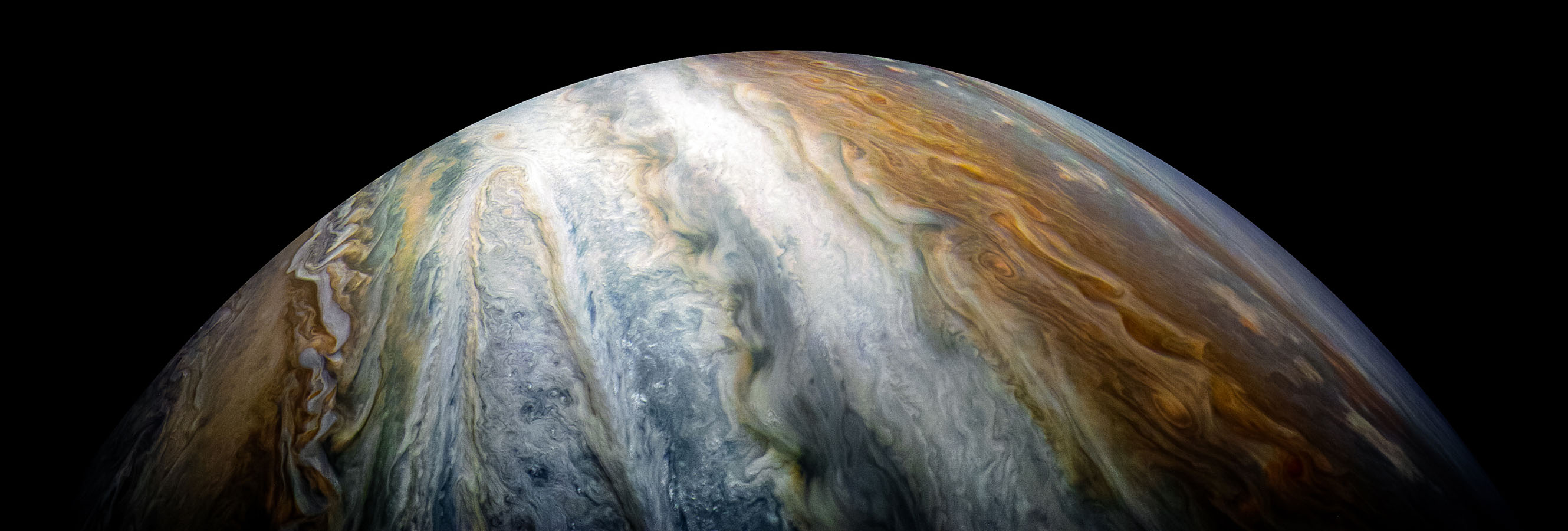
Figure 1.1 – Jupiter, fifth planet from the Sun
(Source: NASA – https://www.jpl.nasa.gov/spaceimages/details.php?id=pia21974)
Table of Contents
1: Introduction
2: Spectroscopy
2.1: An Explanation of Spectroscopy
2.2: Previous Spectroscopy Studies
3: Evolution of Studies of Jupiter’s Atmosphere
4: Flybys and Probes
5: Future Research
6: Conclusion
Works Cited
1: Introduction
Magnificently separated from us by millions of kilometers and an asteroid belt, Jupiter has fascinated humanity for thousands of years. Today, we have learned more than Galileo could have hoped to learn when he first saw Jupiter through his rudimentary telescope in 1610, revolutionising scientific thinking, and our understanding of the Universe by providing evidence for the heliocentric model. It is truly astounding what we know of this gas giant, given that its average distance from the Sun is five times that of Earth’s. We are using methods such as spectroscopy to remote sense attributes of the planets, but in order to gain an appreciative understanding of Jupiter, it is important to understand how we are able to determine these characteristics. It is from this that we aim to answer the question: how has our understanding of Jupiter changed with the use of modern technology. Through this investigation, topics that will need to be discussed include an explanation of spectroscopy, the scientific probes that have used these methods to discern the contents of Jupiter’s atmosphere, the work their predecessors completed, and the implications this has for humanity.
Learning about the range of wavelengths of light and how emission and absorption lines in spectra are analyzed is paramount to understanding how we know anything about the composition of Jupiter’s atmosphere from such a great distance. A brief history of the methods used to investigate early hypotheses for Jupiter’s chemical composition from the late 1800s will be discussed to give a perspective of how the scientific method has been used to study it in the past. As well, past space missions to Jupiter, such as the Galileo probe, will be discussed. The Juno probe, launched in 2011, will also be investigated, with a focus on its ultraviolet spectrograph.
2.1: An Explanation of Spectroscopy
To understand the composition of Jupiter and its atmosphere, we must first begin by explaining the science of spectroscopy. Spectroscopy is the study of light from an object over a range of wavelengths. Stars and planets give off electromagnetic radiation.1 (including but not limited to visible light), which carries a lot of information about that object. This light is measured using a device called a spectrometer, which spreads the different wavelengths of light out into a spectrum.1 In this spectrum are emission and absorption lines that can be analyzed by scientists.2 Every atom on the periodic table emits and absorbs unique wavelengths of light.2 Since every atom is different in this way, scientists can determine the chemical makeup of an astronomical object by comparing its spectral lines with that of known chemicals studied in the lab.2
Figure 2.1 – Example of Spectrum lines (Source: Wikipedia – https://commons.wikimedia.org/wiki/File:Spectral_lines_en.PNG)

Figure 2.2 – Spectrum lines of Earth Metals (Source: Wikipedia – https://commons.wikimedia.org/wiki/File:Alkali_and_alkaline_earth_metals_emission_spectrum.png)
2.2: Previous Spectroscopy Studies

Figure 2.3 – Regions and Belts of Jupiter
(Source: Wikipedia – https://commons.wikimedia.org/wiki/File:Jupiter_Belt_System.svg)
Jupiter’s atmosphere, with its complex belts and zones of clouds, is its most distinguishing visual feature. The atmosphere consists of polar, temperate, tropical and equatorial regions, and contains a giant hurricane storm known as the Great Red Spot. In 1953, researchers were correctly hypothesizing that the behaviour of free radicals, highly reactive, uncharged molecules that contain unpaired valence electrons, were responsible for the vivid colour in the gas belts and bands of Jupiter’s atmosphere. In April 1957, the Slope Observatory in Hawaii was able to acquire high-dispersion spectrograms, the spectral lines of which they compared to lines already known, identifying ammonia (NH3), methane (CH4), and hydrogen.3 Molecular hydrogen was long hypothesized due to Jupiter’s low average density. Its mass was determined by analysing orbits of moons using orbital mechanics, and its radius estimated from apparent diameter and distance, so its density was known for a long time. However, spectrographic measurements had previously been near impossible to obtain due to technological limitations. The absorption lines of molecular hydrogen in planetary atmospheres fall in the ultraviolet side of the spectrum, meaning they are associated with photons of a short wavelength and high energy. Hydrogen had been detected during quadrupole vibrational transitions in the visible spectrum, a method suggested in the 1930s.2 Despite this, it was difficult with the technological limitations in 1957 to confirm definitively that the lines were indeed due to hydrogen.
3: Jupiter’s Atmosphere
Jupiter’s atmosphere consists of molecular hydrogen, helium, methane, ammonia, hydrogen sulfide and water. The chemical composition and the climate are closely interrelated, and the sensible suspicion that this compound harmony is accomplished in the hot interior regions prompt us to study Jupiter’s composition. The gases found in the Jovian system (Jupiter’s atmosphere) usually have distinct spectral characteristics, which have been used to determine their abundance from remotely detected measurements. From the ultra-violet, through the visible to approximately 3.5 µm, the light spectrum of the planet is dominated by sunlight reflected off the atmosphere, scattered by the cloud particles and aerosols suspended in the aura window. This is because Jupiter does not have its own source of energy generation. The middle infrared region of the spectrum begins at about 3.5 µm, where thermal emission from the excited gases begins to dominate over the reflected sunlight.3 By wavelengths of 5 µm, the latter contributes typically only to a small percent of Jupiter’s flux, although this varies considerably with cloud cover. From about 4 to 6 µm is an atmospheric ‘window’ in the spectrum, in the middle of which the gaseous opacity is so low that, in the absence of clouds, the relatively intense thermal radiation of the pressure levels of Jupiter as deep as 5 to 8 bars can be observed. This means that we are seeing deeper into Jupiter, itself.3 There is not another opportunity for this type of observation until the microwave and radio realm is reached, so the remainder of the medium and far-infrared spectrum is dominated by the emission from a depth no greater than 2 bars in the pressure.

Figure 3.1 – Clouds of Jupiter’s Atmosphere
(Source: Wikipedia – https://en.wikipedia.org/wiki/File:PIA02863_-_Jupiter_surface_motion_animation.gif)
Terrestrial telescopes and the Airborne Observatory, an airplane or balloon with an astronomical telescope, have observed for many years the infrared regions of Jupiter’s spectrum, and more recently the range and sensitivity of our observational capabilities have been extended by the Hubble Space Telescope (HST) and the Infrared Space Observatory (ISO). The Hubble is a telescope, launched into low earth orbit in 1990. The Infrared was a telescope for infrared light designed to study wavelengths. Although much was learned from Earth-based telescopes, some of the most dramatic advances in our understanding of Jupiter have followed the development of missions to the gas giant, itself, such as various flybys and the Galileo probe.
4: Flybys and Probes
The investigation of Jupiter’s composition started with NASA’s Pioneer 10 mission in 1973, and has proceeded with eight further missions, the most recent being the Juno probe launched in 2011.4

Figure 4.1 – Pioneer 10 Close-Up of Jupiter & Europa (Credit: Bruce Irving)
(Source: Flickr – https://www.flickr.com/photos/flyingsinger/120763795)
For atmospheric observations, the first shuttle to visit Jupiter was Pioneer 10 of the year 1973, followed by Pioneer 11 a year after. Besides taking the main close-up photos of the planet we recognize today, the tests found its magnetosphere and a great extent of liquid inside. The Voyager spacecraft carried the Imaging Science Subsystem (ISS), the Ultraviolet Spectrometer (UVS), the Photopolarimeter (PPS), and the Infrared Interferometer Spectrometer (IRIS). The Voyager flew by the planet in 1979, observing its moons and ring framework, and finding evidence of volcanic movement of Io and water ice on the surface of Europa.

Figure 4.2 – Photo of Galileo Spacecraft
(Source: Wikipedia – https://commons.wikimedia.org/wiki/File:Artwork_Galileo-Io-Jupiter.JPG)
The Galileo probe was designed to make the first study of Jupiter and its moons and magnetosphere from orbit. Galileo plunged into Jupiter’s atmosphere on September 21, 2003.6 Galileo was the first to fly past an asteroid and the first to discover the moon of an asteroid. It provided the only direct observations of a comet colliding with a planet. It was also the first to measure Jupiter’s atmosphere with a descent probe and the first to conduct long-term observations from orbit. The Galileo probe used a quadrupole mass spectrometer to return data on a range of constituents in the Jovian atmosphere between pressure levels of 0.51 and 21.1 bars Chemical Composition.3 These missions were approved by the National Aeronautics and Space Administration (NASA). The Galileo also uses the Cassegrain telescope and a Fastie-Ebert spectrometer which uses one mode to record and collect data from observations obtained from inside Jupiter’s shadow and another mode that would increase low data rates if the high gain antenna deployment failed.6 the orbiter which carried a small probe that became the first to sample the atmosphere of a gas planet. The probe measured temperature, pressure, chemical composition, cloud characteristics, sunlight and energy internal to the planet, and lightning. The probe penetrated 200 km into Jupiter’s violent atmosphere before it was crushed, melted, and/or vaporized by the pressure and temperature of the atmosphere.6 Along with the discovery of an intense radiation belt above Jupiter’s cloud tops and helium in almost the same concentration as the Sun, Galileo made a number of other discoveries such as that Jupiter has thunderstorms many times larger than Earth’s.6 Also, Galileo confirmed that Io has 328 ft. tides in the solid surface of its volcanoes that are hotter than Earth’s. Additionally, it was discovered that there is possibly an ocean on Jupiter’s Europa. Not only does Europa possess more water than the total amount found on earth, it also appears to have had a salty ocean beneath its frozen surface.
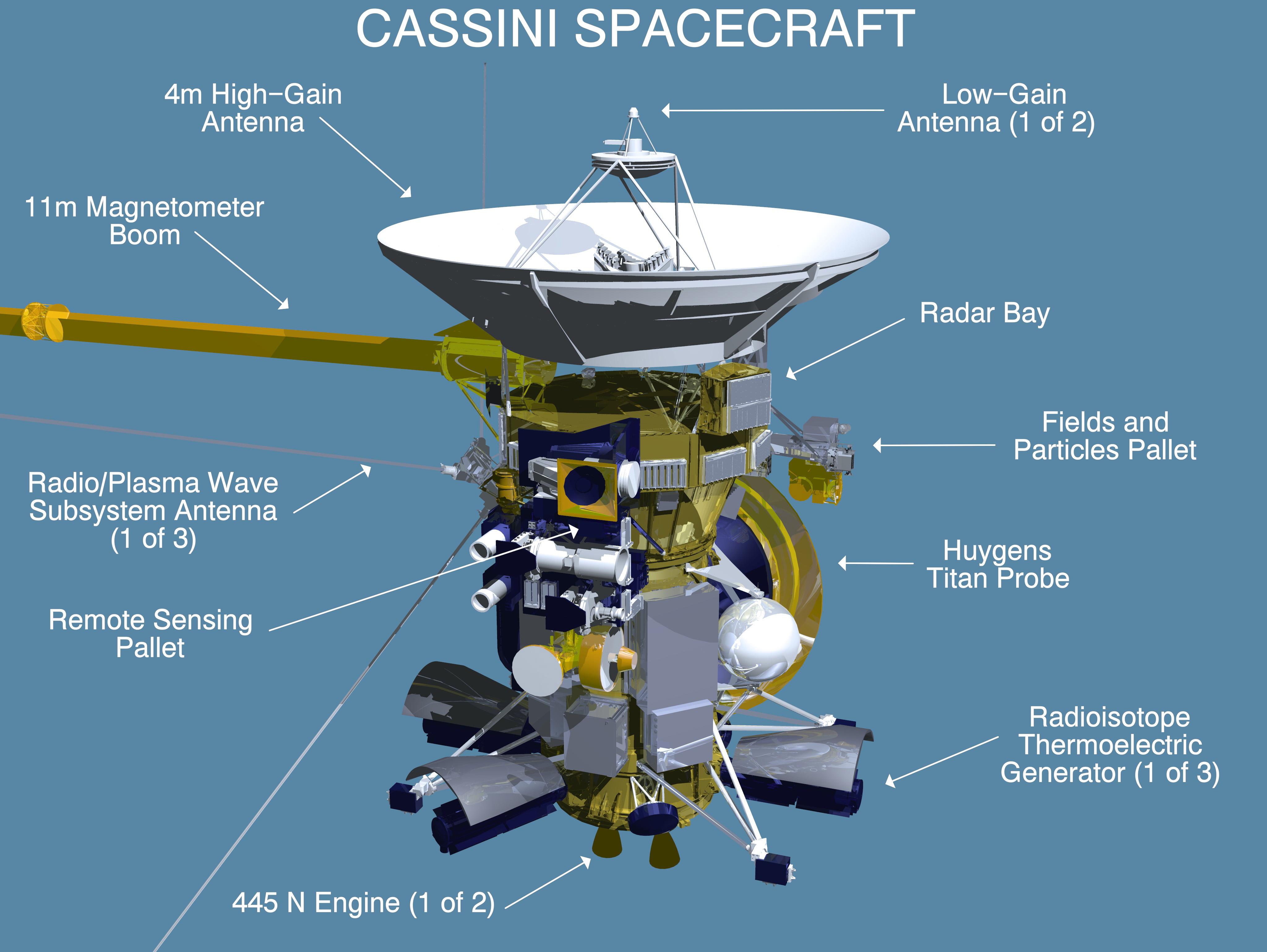
Figure 4.3 – Specs of Cassini Spacecraft
(Source: NASA – https://www.jpl.nasa.gov/edu/teach/activity/build-a-satellite/)
The Cassini-Huygens was a spacecraft launched in October of 1997 that captured useful data and images during its orbit of Jupiter. On its way to orbiting Saturn in December of 2000, the Cassini made its closest approach to Jupiter; this happened because Cassini intended to use the gravity of Jupiter to slingshot itself towards Saturn. In the approximately six months that Cassini spent exploring Jupiter’s system, it was able to get within about 9.7 million kilometers of Jupiter’s cloud tops. Cassini’s ability to get close to Jupiter not only helped better understand Saturn’s system, but also helped gather an abundance of new information about Jupiter itself.7 The Cassini was able to collect about 26,000 images of Jupiter and its moons. The Cassini had cameras with a wide color spectrum that were able to capture wavelengths of radiation that could look at different heights in Jupiter’s atmosphere.7 Images captured showed convective lightning storms evolving over time which helped to understand the heights and composition of these storms and the many clouds, hazes and other types of storms that blanket Jupiter.7 Additionally, the images captured revealed a never-before-seen large dark oval that was similar in size to Jupiter’s Great Red Spot. Much like the Great Red Spot, the large oval proved to be a giant storm on Jupiter. However, the large oval showed itself to be temporary; growing, moving sideways, developing a bright inner core, rotating and thinning over six months, unlike the stable Great Red Spot which has been present for hundreds of years.7 A seventy-day movie captured storms forming, merging, and moving near Jupiter’s north pole which showed that larger storms gained energy from swallowing smaller storms. The Cassini used a composite infrared spectrometer which mapped Jupiter’s temperature and atmospheric composition. The temperature maps allowed scientists to see winds that were above cloud tops and the highest-resolution map of acetylene on Jupiter and the first detection of organic methyl radical and diacetylene in the auroral hot spots near Jupiter’s north and south poles. These molecules are important to understanding the chemical interactions between sunlight and molecules in Jupiter’s stratosphere. Cassini’s radio and plasma wave instrument recorded naturally occurring chirps created by electrons coming from a cosmic sonic boom, which occurs when charged particles that fly off the sun (also known as a supersonic solar wind) is slowed and deflected around the magnetic bubble surrounding Jupiter.7
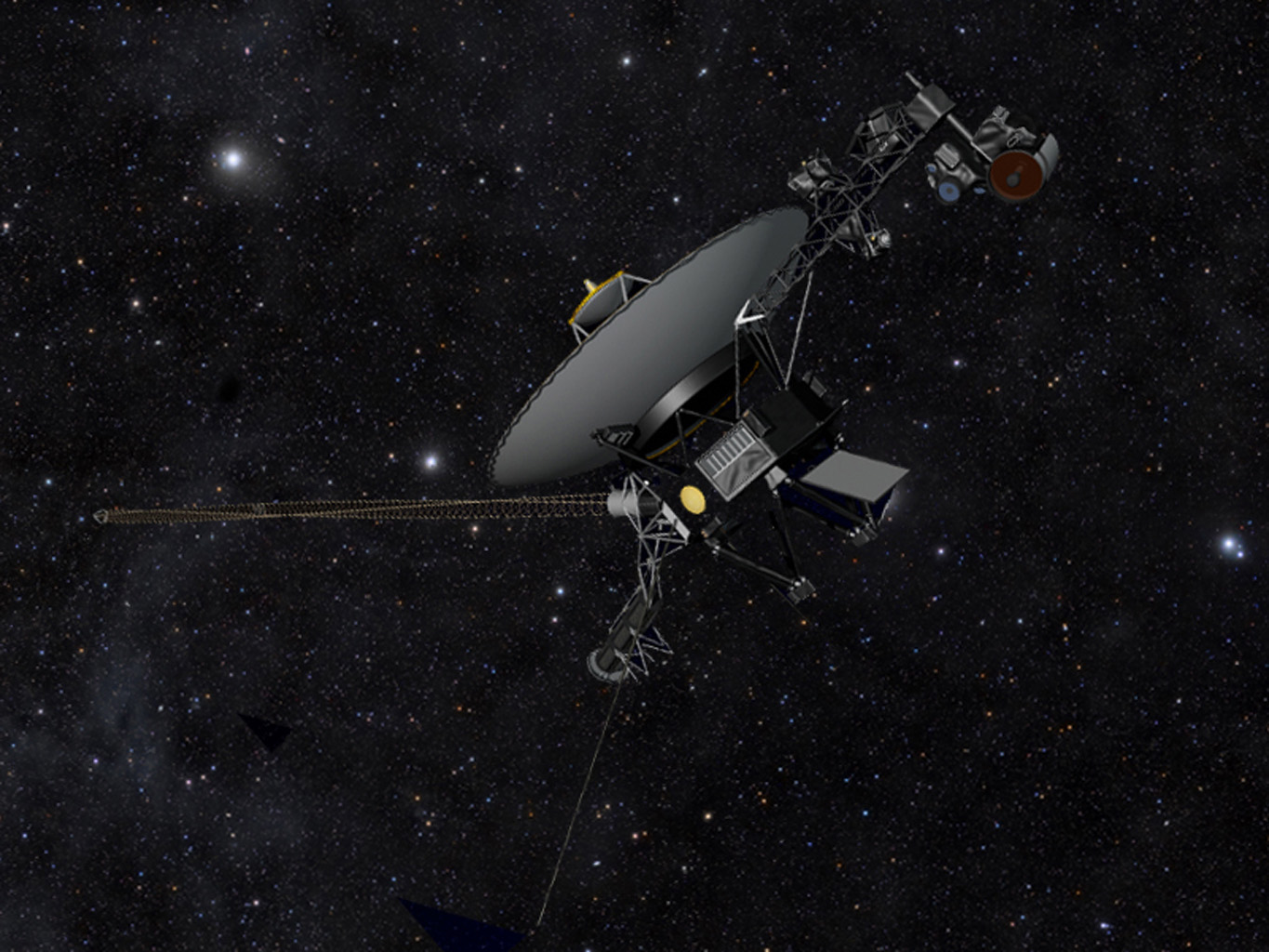
Figure 4.4 – Artist Rendition of Voyager Spacecraft
(Source: NASA – https://www.jpl.nasa.gov/spaceimages/details.php?id=PIA17036)
In the early 1980’s the twin Voyager spacecrafts were launched to take a closer look at the complex planetary systems. The spacecraft flew for a little over forty years and relied on small devices called thrusters to position itself so it could communicate with Earth. These thrusters fired in tiny pulses to subtly rotate the spacecraft so that its antenna points at our planet, these pulses only lasted mere milliseconds. In the early days of the mission, Voyager 1 flew by Jupiter, Saturn, and the important moons of each.8 The Voyager and Cassini were not only both commissioned to primarily study the planetary system of Saturn, both missions were able to make findings that helped to understand that important physical, geological, and atmospheric processes go on in the planet, its satellites, and magnetosphere and that all of these processes greatly affect the Planet. Additionally, both the Cassini and Voyager were able to capture a number of images and make many surprising discoveries of Jupiter. The Voyager was able to capture more than 33,000 pictures of Jupiter and its five major satellites.8 The Cassini was meant to carry on the Voyager’s legacy and as a result followed up on many of Voyager’s discoveries. For example, both missions were able to make findings that helped to understand that important physical, geological, and atmospheric processes go on in the planet, its satellites, and magnetosphere and that all of these processes greatly affect the Planet. The discovery of active volcanism on the satellite Io which appears to affect the entire Jovian system is an example of this.8

Figure 4.5 – Artist Rendition of Juno Spacecraft
(Source: NASA – https://www.jpl.nasa.gov/news/news.php?feature=4889)
NASA twitter on Juno:
Main engine burn is go. I’m burnin', burnin', burnin' for you, #Jupiter. pic.twitter.com/b3SHm3Gphj
— NASA's Juno Mission (@NASAJuno) July 5, 2016
Juno’s principle goal was to understand the origin and evolution of Jupiter. With a number of instruments, Juno was meant to investigate the existence of a solid planetary core, map Jupiter’s intense magnetic field, measure the amount of water and ammonia in the deep atmosphere, and observe the planet’s auroras. Juno was meant to deepen our understanding of how giant planets form and the role that they played in putting together the rest of the solar system. Jupiter’s giant mass has allowed it to hold onto its original composition, giving scientists a way of tracing the history of our entire solar system. Another one of Juno’s missions was to determine if the planet actually had a solid core, which would directly resolve the origin of the planet and as a result resolve the origin of the solar system. This is meant to be done by mapping Jupiter’s gravitational and magnetic fields.9 In May of 2017, Juno was the first to give an inside point of view of Jupiter’s rings. It revealed that particles powering Jupiter’s auroras appear to be different than those that make Earth’s auroras glow.9 A few more discoveries made were: Jupiter’s poles feature gigantic cyclones, none of the zones or belts are visible at more equatorial latitudes and the core of Jupiter appears larger and more diffuse than previously anticipated, changing our understanding of how Jupiter formed.9 The Ultraviolet Spectrograph or UVS was used to capture images of and measure the spectrum of Jupiter’s aurora, as well as was used to characterize the sources of Jupiter’s powerful auroras. The spectrograph was installed outwardly in order to scan the area of Jupiter.10 The telescope collects the light that enters through a flat scan mirror and passes through an input aperture, which targets specific auroral features. The aluminum and overcoat of magnesium fluoride on the scan and primary mirrors maximize the reflection at wavelengths longer than 100nm.9 All optical components of the UVS were installed on aluminum structures to minimize thermal defocus effects. It had a spatial resolution of 0.1 degrees, equivalent to 125 Kilometers at a distance of 1 Jupiter radius with a 360° field of regard that was the full revolution of the spacecraft by 60°.10
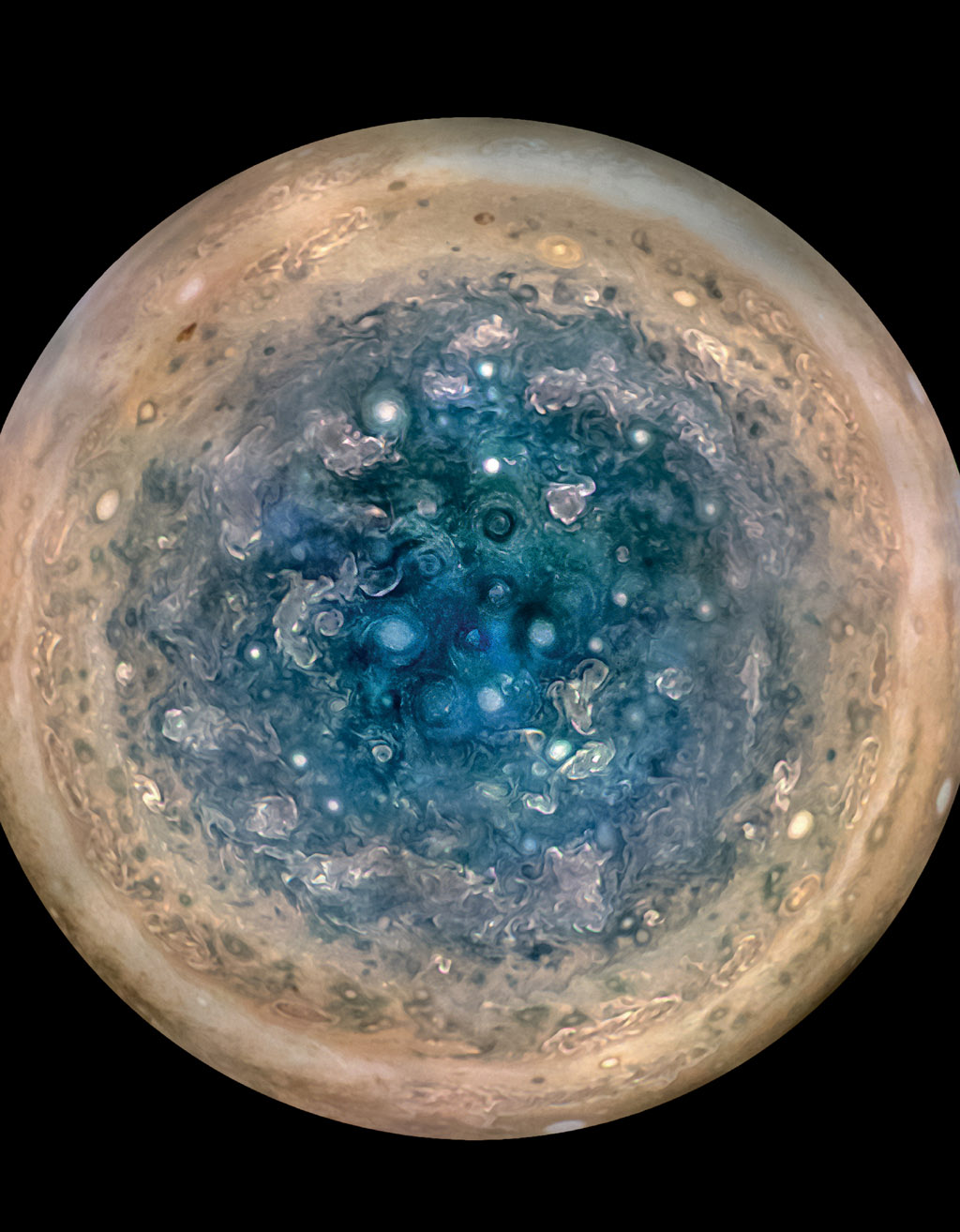
Figure 4.6 – Jupiter South Pole (taken from Juno spacecraft)
(Source: NASA – https://www.jpl.nasa.gov/spaceimages/details.php?id=PIA21641)
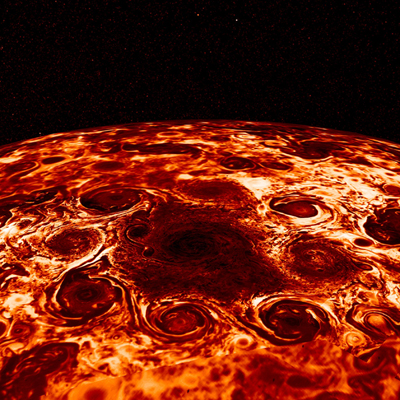
Figure 4.7 – Infared Cyclone Storm at Jupiter’s North Pole (seen from Juno spacecraft)
(Source: NASA – https://www.jpl.nasa.gov/spaceimages/details.php?id=PIA21641)
These missions make Jupiter the most studied of the Solar System’s gaseous planets, as all other missions to the outer Solar System have utilized Jupiter flybys as a gravity assist to diminish fuel prerequisites and travel time required.3 After being launched in 2011, on the 5th of July, 2016, the Juno probe arrived at Jupiter and entered the planet’s atmosphere, the second ever to do so. Sending a probe to Jupiter involves intensive research and tests, particularly because of the fuel necessities and the impacts of the planet’s cruel radiation condition that surrounds it. The radiation particles fly around and are capable of destroying electronics, a hazard for any spacecraft.
News link of the arrival of Juno to Jupiter:
5: Future Research
Juno, launched in 2011, has been in orbit since 2016 and will be used to continue the research of Jupiter. It has been collecting and sending back data and images of the planet, its moons, and its atmosphere. Studies are being done on the moons of Jupiter, helping to prove that the atmosphere of the planet itself is changing. Following Juno has given deeper insight into its storms, and suggests that this planet rotates as a solid body.4
Juno recently destroyed itself, in February 2018, by crashing itself into Jupiter, as the atmosphere is so harsh that the spacecraft would burn up. Doing this has protected Jupiter’s moons from contamination of Earth particles, as the probe could have become uncontrollable if it succumbed to the radiation. Juno was only qualified to survive the radiation environment up the the end of its mission.5
6: Conclusion
Jupiter, the fifth planet from the sun, truly is impressive. It was through spectronomy, probes and flybys that we were able to deduce the chemical makeup of the planet’s atmosphere. Spectronomy has shown the relatively intense thermal radiation of the pressure levels present on the planet, allowing us to see deeper into its atmosphere. Probes and flybys have given us spectacular images and more information on its physical characteristics. It is evident that through the evolution of technology, we have been able to gather more accurate information about this gas giant, improving our overall understanding of it.
Works Cited
1 Astronomy. (2016). In D. M. Andrew Fraknoi, Radiation and Spectra (pp. 145-176).
Retrieved from https://openstax.org/details/books/astronomy
2 spacetoday.org (Ed.). (2013). Understanding Space Technology: Spectrometers.
Retrieved from Space Today http://www.spacetoday.org/SolSys/Spectrometers/Spectrometers.html
3 Fredric W Taylor, S. K. (2005). Chemical Composition. The Composition of the Atmosphere of Jupiter, 1-20.
Retrieved from http://www-personal.umich.edu/~atreya/Chapters/2005_JupiterAtmos.pdf
4 BT. (2018, March 8). Nasa’s Juno spacecraft reveals massive cyclones raging on Jupiter.
Retrieved from Home.BT http://home.bt.com/news/science-news/nasas-juno-spacecraft-reveals-massive-cyclones-raging-on-jupiter-113642567
5 Bartels, Megan (2016). Going Out in a Blaze of Glory. Science Alert.
Retrieved from https://www.sciencealert.com/NASA/will/crash/juno
6 Siddiqi, Asif A. “Galileo”, NASA: Solar System Exploration, Retrieved on January 24, 2018.
Retrieved from https://solarsystem.nasa.gov/missions/galileo/in-depth
7 Cook Jia-Rui, Vega Priscilla, “Cassini Legacy: Cassini Celebrates 10 Years Since Jupiter Encounter”, NASA, California Institute of Technology, December 28, 2010.
Retrieved from https://saturn.jpl.nasa.gov/news/2689/cassini-celebrates-10-years-since-jupiter-encounter
8 Landau, Elizabeth and Dyches, Preston, “Voyager: 35 Years On, Voyager’s Legacy Continues at Saturn”, NASA, California Institute of Technology. August 24, 2016.
Retrieved from https://voyager.jpl.nasa.gov/news/details.php?article_id=46
9 Greicius, Tony, “NASA Juno Findings: Jupiter’s Jet-Streams Are Unearthly” NASA, Juno Finding, March 8, 2018.
Retrieved from https://www.nasa.gov/feature/jpl/nasa-juno-findings-jupiter-s-jet-streams-are-unearthly
10 “Juno Instrument Overview” Spaceflight101, Retrieved, March 1, 2018
Retrieved from http://spaceflight101.com/juno/photos-from-junos-seventh-science-flyby-of-jupiter